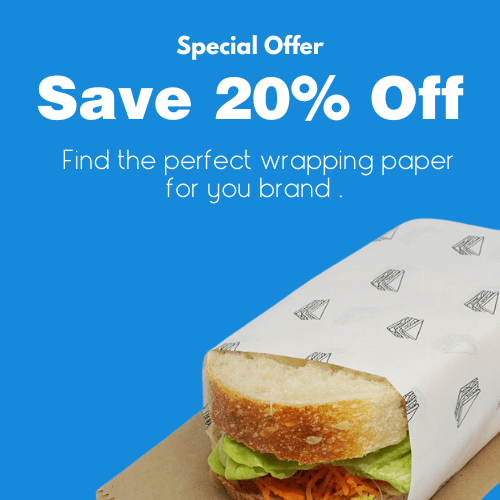 The Deli
Paper
The Deli
Paper
Sorry, but nothing matched your search terms. Please try again with some different keywords.
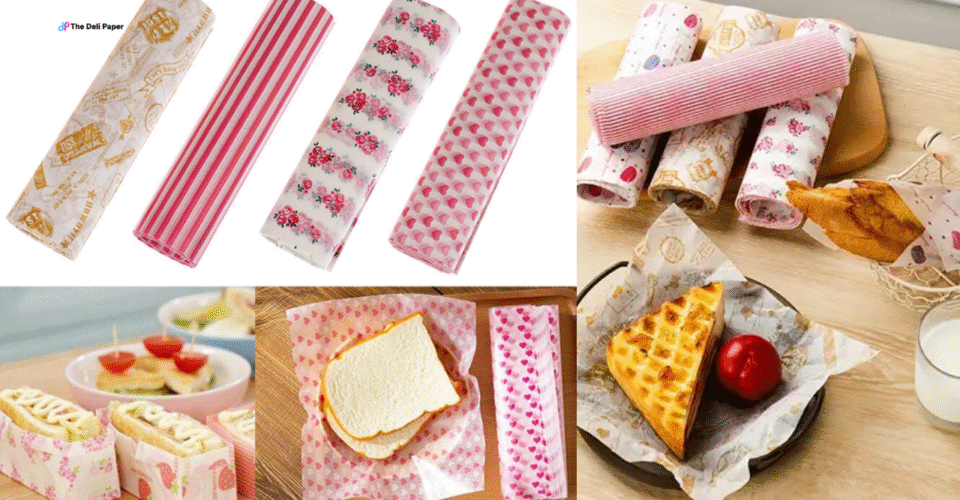
When you think of kitchen essentials the wax paper is frequently misunderstood as baking-friendly materials such as parchment papers or Deli paper. However, one of the most frequently asked concerns asked by home bakers and food enthusiasts from America USA can be: Can you use wax paper to bake In this article we'll take a look at this question, explain the different aspects, discuss the benefits and uses and provide alternative options that are safer and more efficient in baking.
The paper, also known as wax is often referred to wax paper is a water-resistant and non-stick material that has been made of a very thin coating wax. It is typically made of soybean or paraffin. This makes it ideal for many kitchen applications where the direct heat exposure is not required.
It's water-resistant, smooth and is ideal in Cold food storage. It's essential to understand which areas to avoid using wax paper, especially where heat is involved.
Short answer The answer is no, you shouldn't make use of wax paper when baking in the oven.
Why?
Therefore, even though wax paper is suitable when used in use in cold temperatures however, it's not made for use in ovens.
Let's explore the distinctions in the wax papers, parchment paper and the deli papers so that you can pick the best paper for your needs.
Type of Paper Heat Resistant Non-Stick Common Uses
Wax Paper No Yes Cold food preparation Wrapping, cutting, and separating food items
Parchment Paper Yes Yes Baking or roasting and steaming
Deli Paper Varies Yes
Wrapping sandwiches, layering baked goods
Although wax paper is great for cold and room temperature situations, deli paper and parchment paper are the best options in cases where heat is needed.
While it's not the best choice for baking, the wax paper has many advantages when cooking
It is important to note that This benefit is only available for wax paper that is employed for other than heat-related reasons.
If you're planning to bake any food in the oven, you should avoid your wax sheet. There are other options:
Parchment Paper
It's the most common alternative. It's oven safe, non-stick, and comes in bleached or unbleached varieties.
Silicone Baking Mats
Reusable, durable and non-stick, great for bakers who are frequent.
Deli Paper (Unwaxed & Heat-Resistant)
It's not just for sandwiches! Some varieties of deli papers are constructed to stand up to high temperatures, which makes it a viable option for baking surfaces and wrapping hot food in.
A lot of home cooks ignore the paper used by delis when baking But here's why it's worth your time:
For baking-related tasks that aren't too heavy, such as wrapping warm cookies, or for lining the pastry box, deli paper can be both useful and visually appealing.
When you're working with wax take these tips into consideration:
Is it possible to microwave wax paper?
Absolutely, only for a short time and when it's directly in contact with grease or oily food items. Always adhere to the guidelines of the product.
Do you think deli paper is better than wax baking paper?
If you're working in a warm kitchen or with moderate baking, deli paper specifically designed to resist heat is more secure and efficient.
Does wax paper catch flames in the oven?
Absolutely. Due to its wax coat, it's possible to be ignited at temperatures of more than 400degF (204degC).
What about baking? Can you bake with wax paper? This is non. While it's a excellent option for wrapping or storing food items, the wax paper is not designed for temperatures of. Instead, choose parchment paper or consider the deli paper that is heat-resistant as a durable and stylish option to bake with.
When your wrapping cookies in warm wrap, covering food trays or organizing your kitchen's work flow the deli paper proved to be an adaptable, safe and efficient option.

December 26, 2025
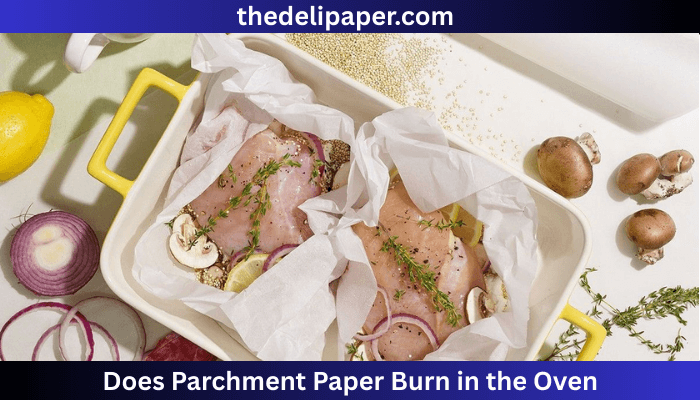
December 19, 2025
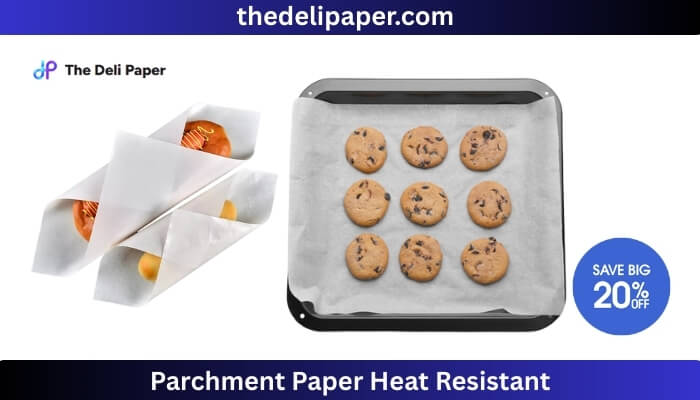
December 13, 2025
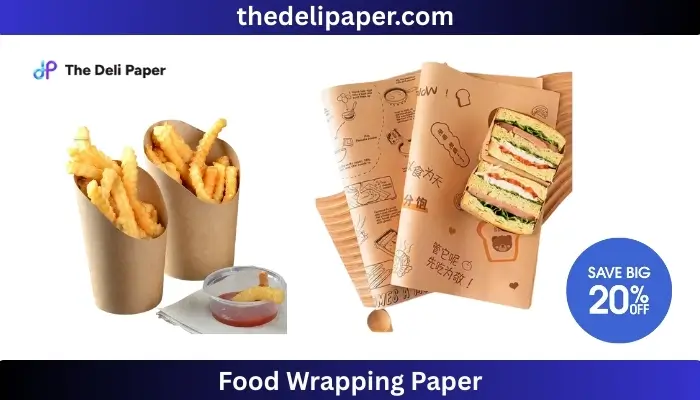
December 12, 2025
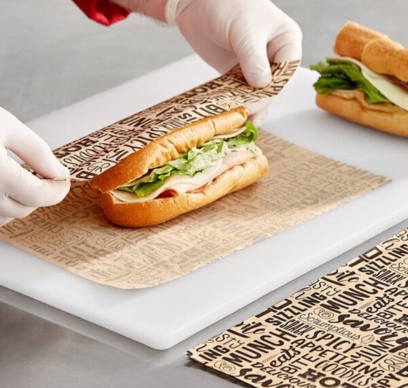
November 16, 2025
